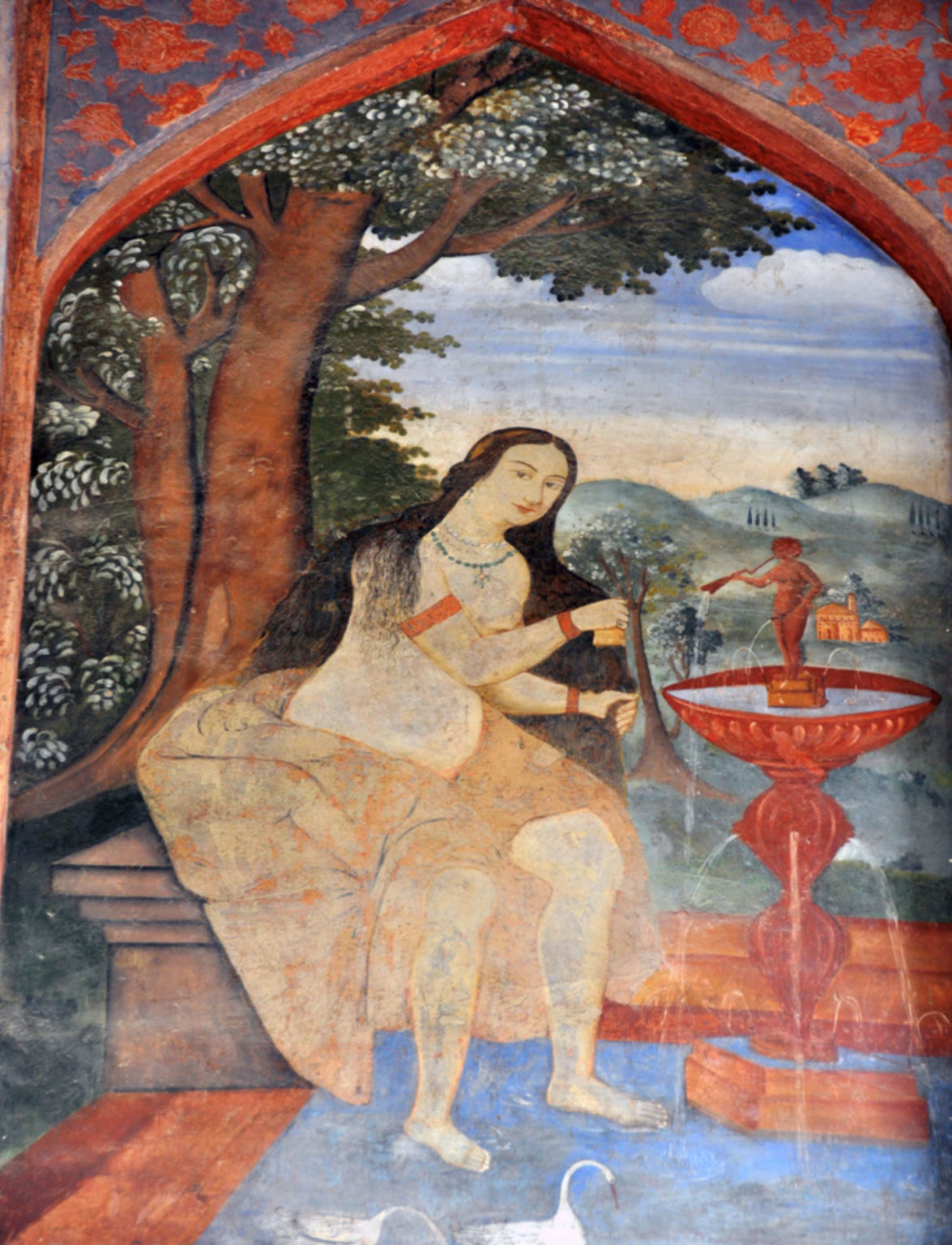
Palace of Chehel Sotun (Forty Columns). Isfahan, 2nd half of the 17th century © Negar Habibi.
LECTURE
La peinture safavide: une tradition revisitée
Negar Habibi, Art Historian, University of Geneva
University of Geneva, PHIL 201, Free admission, 11 November 2024, 6:30 pm
The Safavid Empire (1501-1736), a dynasty of Persian origin, ruled over the Iranian plateau and what is commonly referred to as the Iranian world. This dynasty established Shiism as the state religion, blending it with Sufi influences, and chose Isfahan as its final capital. Even today, Isfahan remains the jewel of Persian civilization, embodying the ideological, theological, political, economic, and cultural ideals of Safavid Iran.
This seminar will analyze a selection of paintings produced in various Safavid cities, including Isfahan, to explore how the historical, religious, social, and artistic identity sought by Safavid patrons and artists was rooted in ancient traditions, while also shaping a defining reference for modern Iran.
